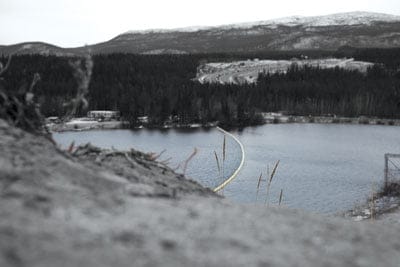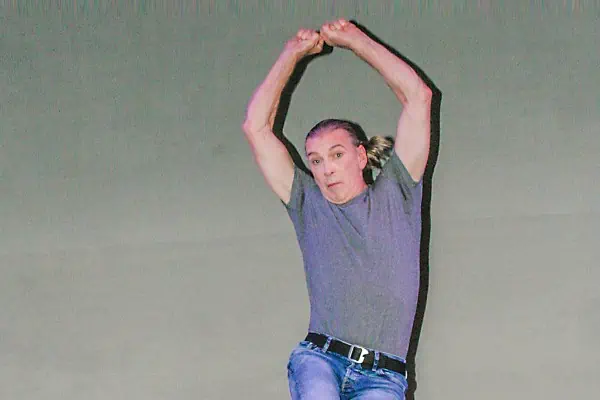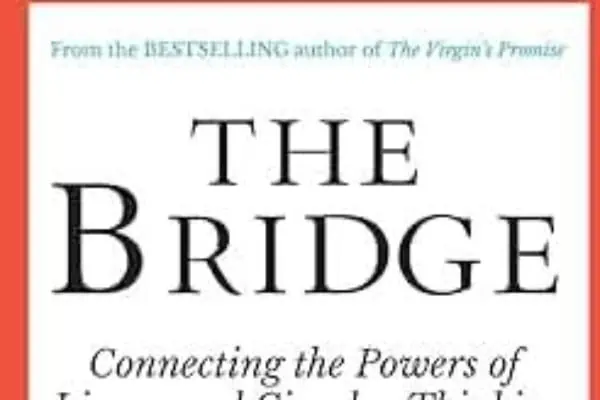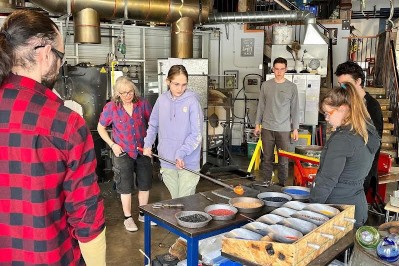The Chu Niikwän Artist Residency is a partnership between the Kwanlin Dün Cultural Centre (KDCC), the Yukon Arts Centre and the Yukon Art Society. Now in its third year, the residency is intended to provide three visual artists with studio spaces in Whitehorse for three weeks. The 2020 residency is co-curated by Nicole Bauberger, of Whitehorse, and Lori Beavis, who lives in Montréal. The artists are Asad Chishti, Robyn McLeod and Aimée Dawn Robinson. Their residency work is now being shown in an exhibit called Meeting by the Currents which will show at the KDCC.
Chishti’s Then and Now: Water and a Name is the second in a series of stories featuring the Chu Niikwän artists and their work.
Asad Chishti wasn’t expecting they would be part of the 2020 Chu Niikwän residency. They submitted what they considered a “practice” application, thinking they would be selected perhaps next year, or the year after. One reason they were interested in the residency is because of its association with Chu Niikwän, the Yukon River.
“I applied because I’d been wanting to study the river and spend some time on the water and with the water,” Chishti said.
Chishti began immersing themself in the river even before learning that their residency application was successful. This past summer, every morning at 4 a.m., they rode their bike along the river’s banks, recording images and video. Once they were accepted into the residency, Chishti continued their vigils on or near the river.
Originally, Chishti intended to have conversations with people about the importance of the river to them, especially during COVID, and how water bodies make a place feel like home. In the end, they ended up spending much of the time alone.
“The headspace I was in required a lot more solitude and isolation, which felt poetic.”
 One of the places Chishti was drawn to was the Whitehorse hydroelectric dam. It led them to a somewhat existential inquiry about the nature of a place. They thought about how the dam had changed the original character of the river, and submerged the white rapids that gave the city its name. Chishti wondered about what happens to a place name when the natural features that invoked that name are gone.
One of the places Chishti was drawn to was the Whitehorse hydroelectric dam. It led them to a somewhat existential inquiry about the nature of a place. They thought about how the dam had changed the original character of the river, and submerged the white rapids that gave the city its name. Chishti wondered about what happens to a place name when the natural features that invoked that name are gone.
“What does it mean to ‘tame nature’ like that?” Chishti asks. “Does that give us more of a claim to the name? Is Whitehorse more Whitehorse because we’ve taken the rapids away? Or are we less Whitehorse because the rapids no longer exist?”
Chishti’s documentation of the river includes photographs and video. They also spent time recording the sounds of the Whitehorse dam. They were interested in drawing out those sounds digitally, so that they’re 24 hours long.
Their inquiry also led them to leave their riverside musing to conduct historical research. They spent many hours in the library at the Department of Energy, Mines and Resources, poring over archival aerial photos of the area from the late 1950s and early 1960s, around the time the dam was built. The aerial photos appeal to Chishti’s affinity for photography and, by extension, videography. The archival images also bring out the notion of memory. Together with Chishti’s own contemporary images and sound, the historical photos invoke the past to meet the present, and remind us that the river has not always been this way.
Chishti describes their residency work as a “strange confluence of these things that I simultaneously discovered, but also had been working on already. Everything from archival images, to my own images and video to recording audio of the dam and then digitally stretching it, so all sorts of wacky things.”
While Chishti’s residency project was created mostly in solitude and is in some ways very personal, they hope that others can relate to the piece. Their wish for the work is that it is beautiful, but useful to viewers. This wish was realized at the artists’ talk at the Meeting by the Currents opening. Co-curator Bauberger invited Kwanlin Dün Elder Diane Smith to provide some reflection after she had viewed the exhibit. Smith spoke of the memories Chishti’s work evoked in her. She recalled that her father had worked on the dam. She also alluded to the impact the dam had on Yukon First Nation people.
Chishti’s work is, as they hoped, useful and meaningful to folks for whom Whitehorse is home.




